Introduction:
This lesson would come near the end of the year in an 11th grade US History class. Since it is covering multiple time periods and social movements, it would not come at the end of a particular unit or need a specific historical context – it would be asking students to draw upon their background knowledge that they acquired over the course of the year and would challenge them to connect movements from different time periods.
Using a class of 30 students as an example, the students would be divided into three groups of 10 students. Each group would be focusing on a different movement and within each group, the students would be split in half (5 and 5) so that each team of five would be assigned to a different person/side. Each group would be given some background information and assigned a document to read as homework to help prepare them. They would have class time to develop their argument with their group.
Key Questions:
Some questions that students will be asked to think about during this lesson are…
(1) What features made one argument more convincing than the other as you watched the debates?
(2) Are social movements ever totally unified?
(3) Is division within a social movement always a weakness? Can it ever be a strength?
(4) Did any of these people have something in common with their adversary, despite their differences?
(5) What parallels do you see between any of these situations and something going on in our modern world?
SWBAT:
During this lesson, students will be asked to develop their argumentation skills by constructing an argument in defense of the position that they are assigned. They will also be asked to be active participants in their peers’ debate presentations and thoughtfully contribute to a reflection activity.
Documents:
Debate 1: Black progress post-slavery/reconstruction a. DuBois v. Washington
b. Scaffolding Questions:
1. What is the author’s perspective?
2. Why was it written?
3. What claims does the author make?
4. What language (words, phrases) does the author use to persuade the audience?
5. How does the document’s language indicate the author’s perspective?
Document 1A: “The Souls of Black Folk” by W.E.B DuBois
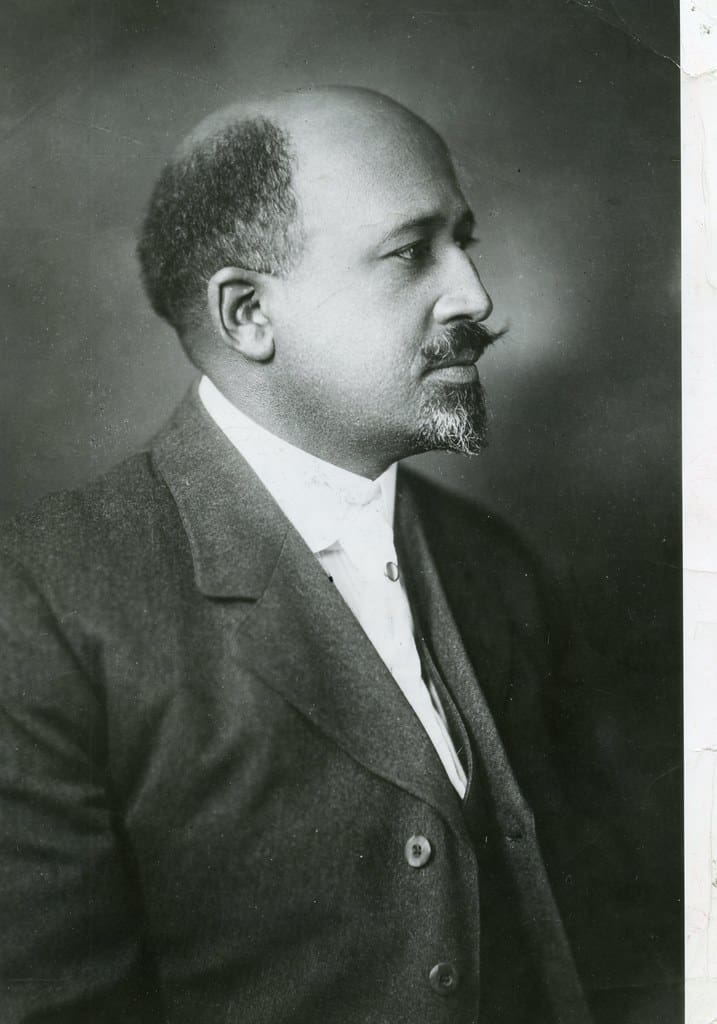
This document is a chapter entitled “Of Mr. Booker T. Washington and Others” coming from DuBois’ book “The Souls of Black Folk.” This is a great chapter for students to use since DuBois is directly speaking to the idealogical argument between him and Washington.
Document 1B: “Up from Slavery” by Booker T. Washington

This document is a chapter from Washington’s book “Up from Slavery.” This chapter is about his Atlanta Exposition Address, which includes his “cast down your bucket where you are” argument which stands in stark contrast to DuBois’ beliefs.
Debate 2: The Suffrage Movement
a. Chapman Catt v. Paul
b. Scaffolding Questions:
1. What is the author’s perspective?
2. Why was it written?
3. What claims does the author make?
4. What language (words, phrases) does the author use to persuade the audience?
5. How does the document’s language indicate the author’s perspective?
Document 2A: Carrie Chapman Catt’s NAWSA Presidential Address
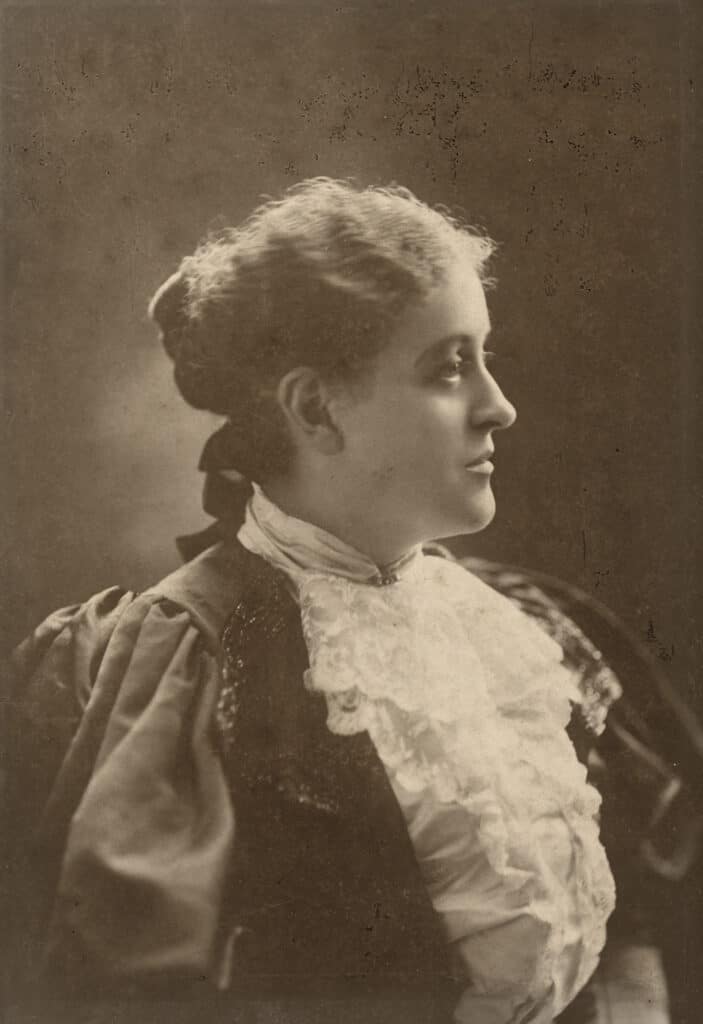
This document is Carrie Chapman Catt’s Presidential Address of the National American Woman Suffrage Association in 1902. She talks a lot about the years of struggle and disappointment that they have already faced and that they will continue to face but stresses how important that they continue to move forward so the younger generation can eventually do the same.
Document 2B: “Forming the Woman’s Party” by Alice Paul

This document is a speech by Alice Paul in 1916. Paul uses phrases like “a power to be feared” and talks about what can and should happen in a matter of months. Paul’s urgency and strong language is a far cry from Chapman Catt’s talk of the long fight by past and future generations.
Debate 3: The Civil Rights Movement
a. King v. X
b. Scaffolding Questions:
1. What is the author’s perspective?
2. Why was it written?
3. What claims does the author make?
4. What language (words, phrases) does the author use to persuade the audience?
5. How does the document’s language indicate the author’s perspective?
Document 3A: Martin Luther King Jr. and Malcolm X

Pages 31 and 32 of this document compiles MLK and Malcolm X quotes and excerpts on various issues that they had differing opinions on so that students can read them right next to each other.
Debate Format
Side 1: Introduction
Time: 3 minutes
Goal: Introduce your topic and state your main claims.
Side 2: Questioning
Time: 3 minutes
Goal: Opportunity to cross-examine Side 1 and ask questions in regards to their points.
Side 2: Introduction
Time: 3 minutes
Goal: Introduce your topic and state your main claims.
Side 1: Questioning
Time: 3 minutes
Goal: Opportunity to cross-examine Side 1 and ask questions in regards to their points.
Side 1: Clarification
Time: 2 minutes
Goal: Clarify points as needed, make any desired additional arguments/claims.
Side 2: Clarification
Time: 2 minutes
Goal: Clarify points as needed, make any desired additional arguments/claims.
Side 1: Rebuttal
Time: 3 minutes
Goal: Explain why the other side is wrong/yours is better
Side 2: Rebuttal
Time: 3 minutes
Goal: Explain why the other side is wrong/yours is better
Side 1: Conclusion
Time: 2 minutes
Goal: Wrap up your argument, reiterate main points
Side 2: Conclusion
Time: 2 minutes
Goal: Wrap up your argument, reiterate main points
Fishbowl Duties:
As students debate, 20 of their peers will be watching. They will have a rubric where they can write down notes on how each group did on facts, persuasiveness, organization, and teamwork. This will help them decide who “won” at the end and make sure they are actively following the debate.
Tools:
Zoom Spotlight Feature
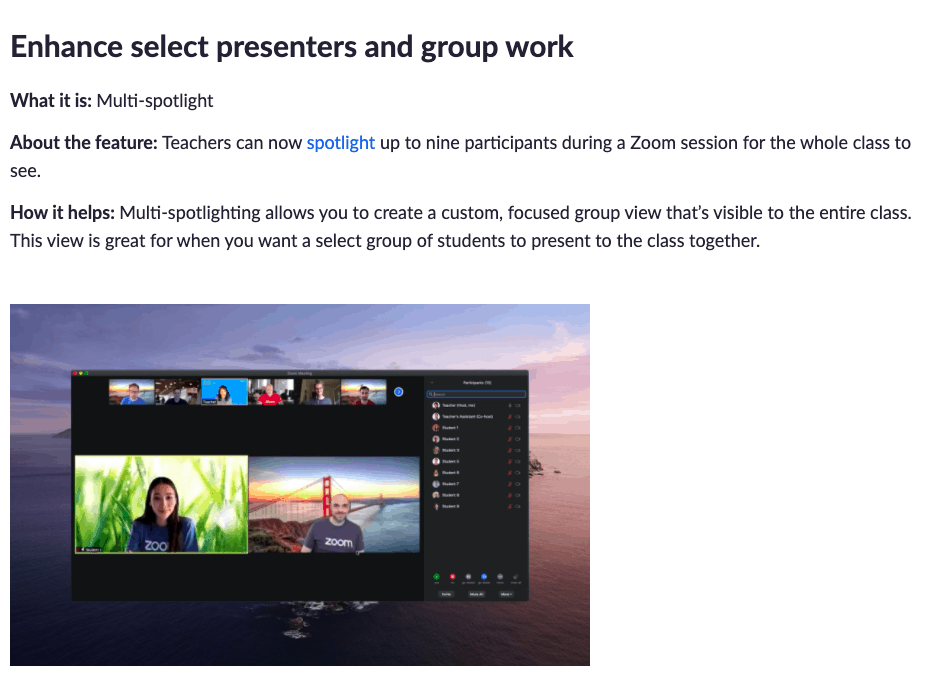
Zoom has a new feature that allows the teacher to Spotlight certain participants so that the whole class can see them. Find out more about Zoom spotlight.
Flipgrid
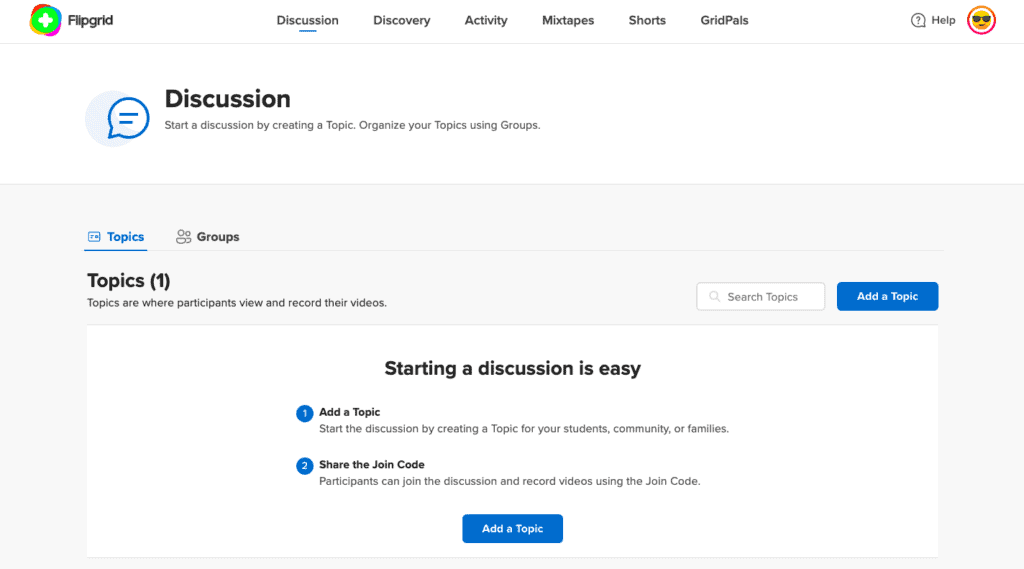
For the reflection piece of this lesson, students will have the option to make a Flipgrid video. Try out Flipgrid.
Podomatic

Instead of a Flipgrid video, students can also make a podcast using Pod-o-matic. Explore Pod-o-matic.
Feature Image Source: “Patricia Due, Civil rights protests in Tallahassee FL” by Village Square is licensed under CC BY-NC 2.0

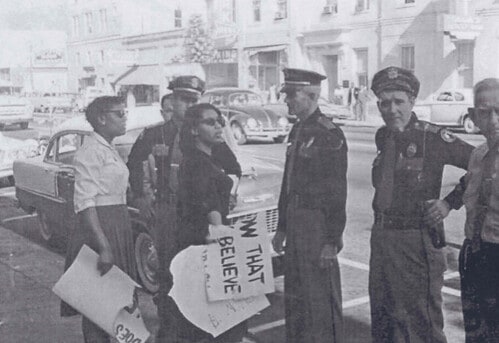
This seems like a great lesson Maggie! I’d be really interested to see what this would look like with the Zoom Spotlight feature.